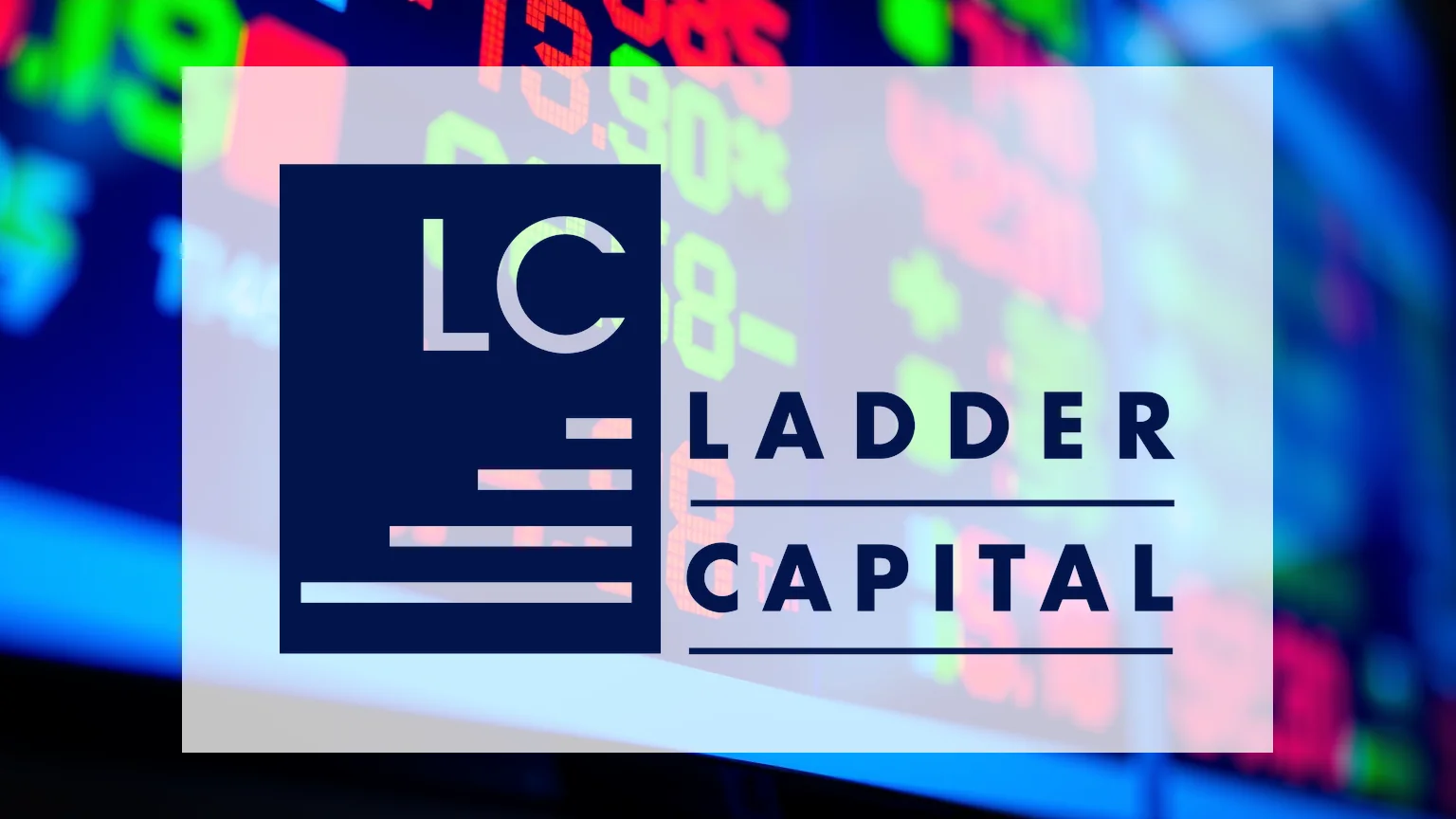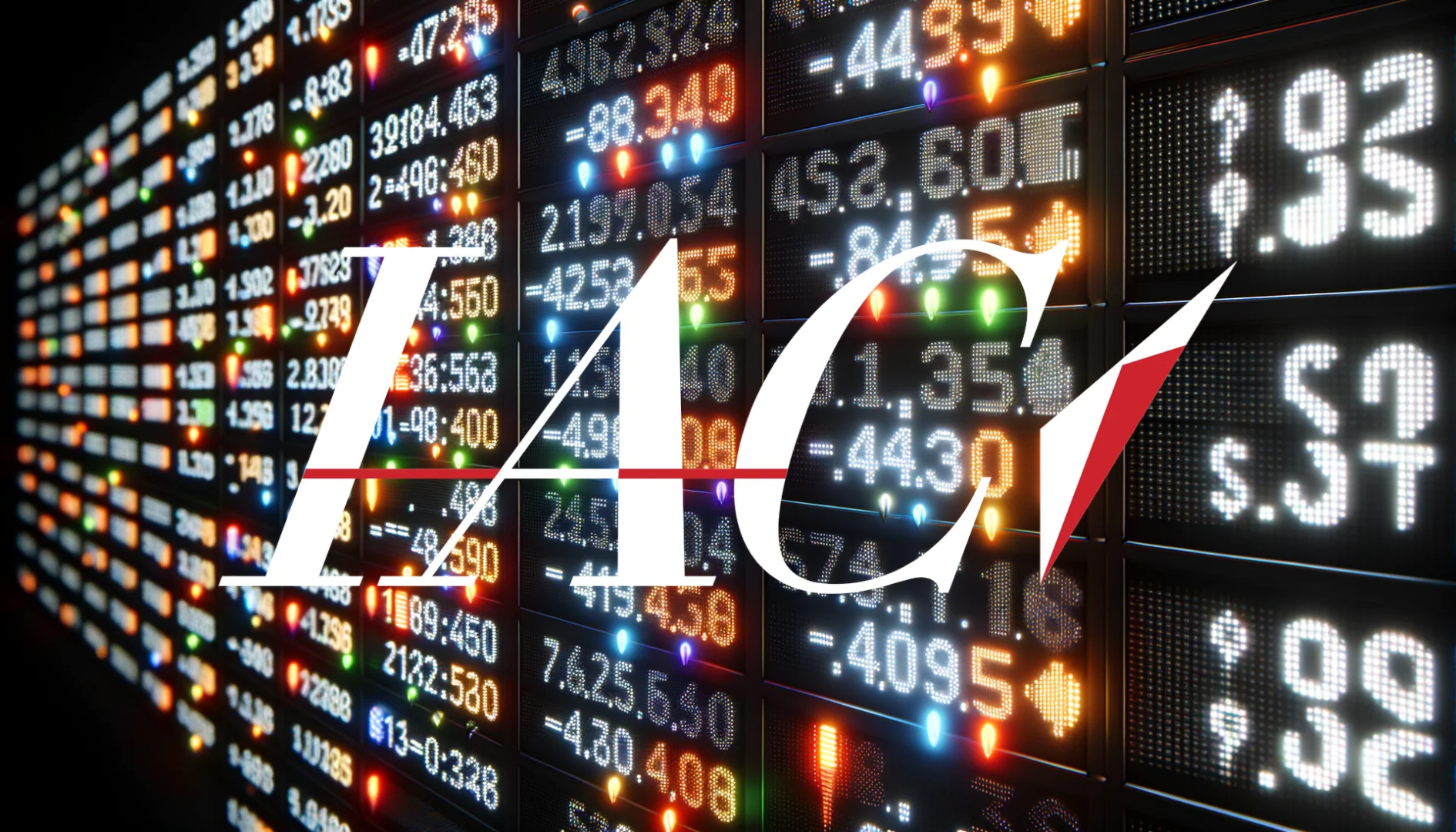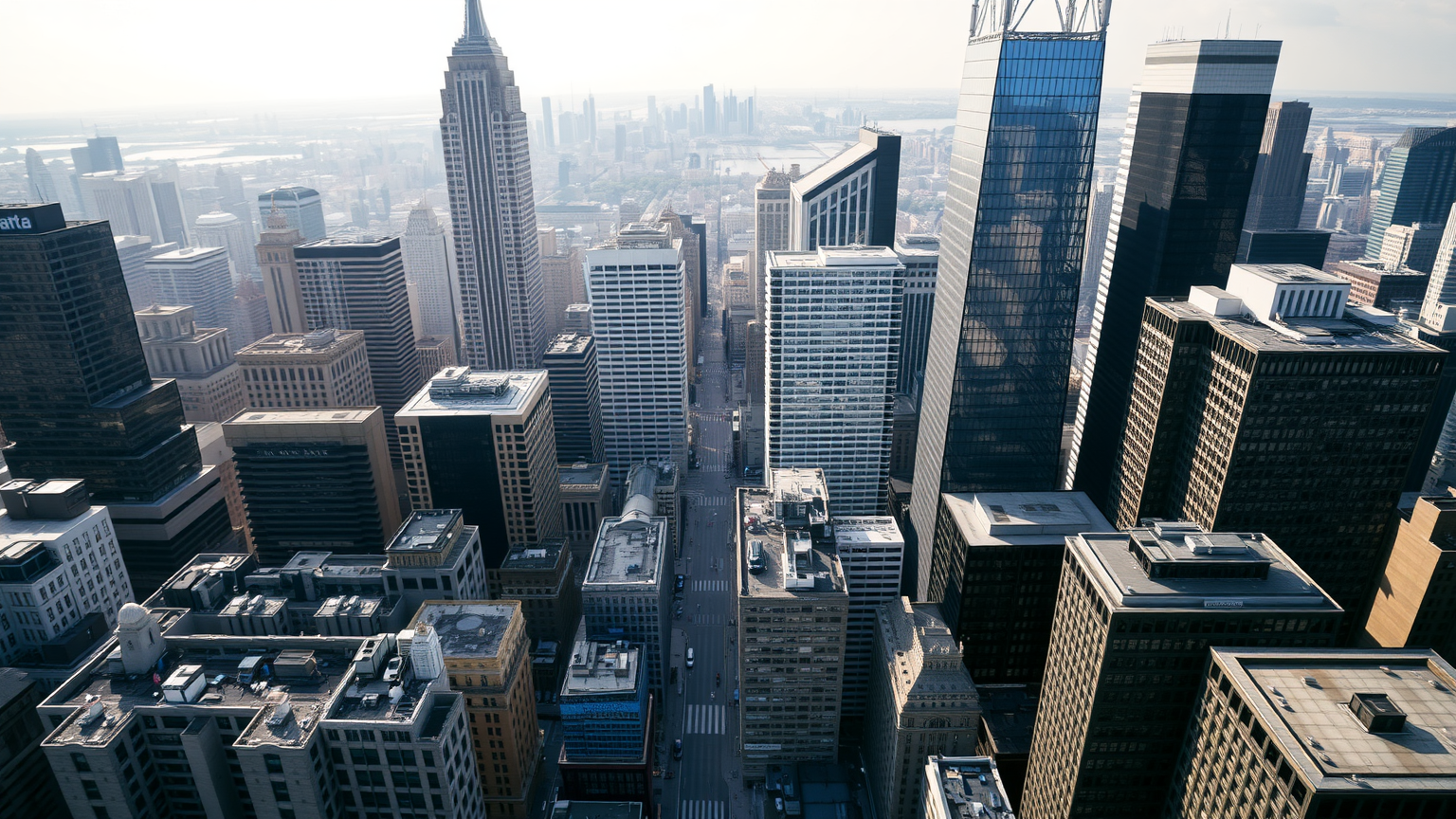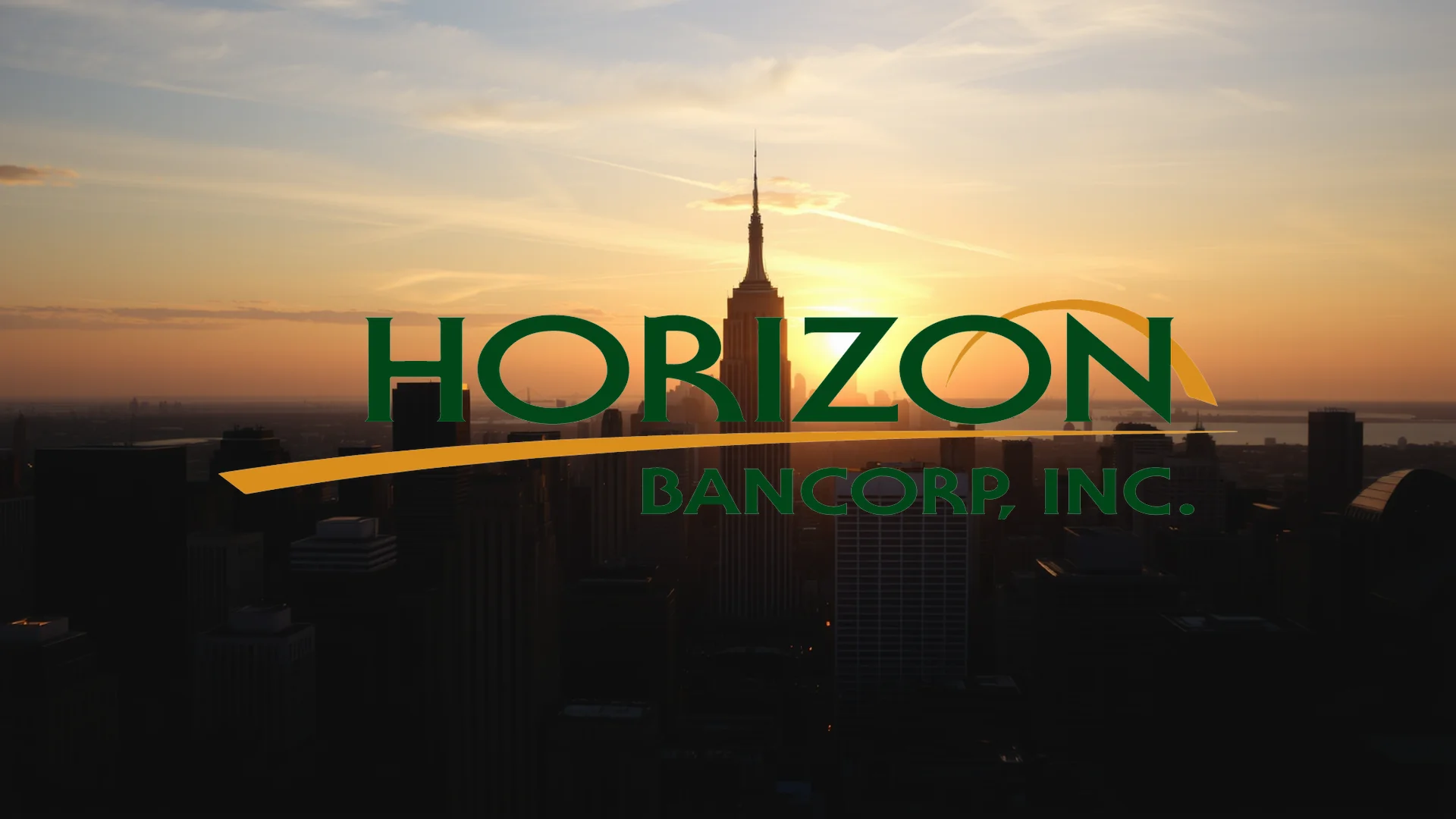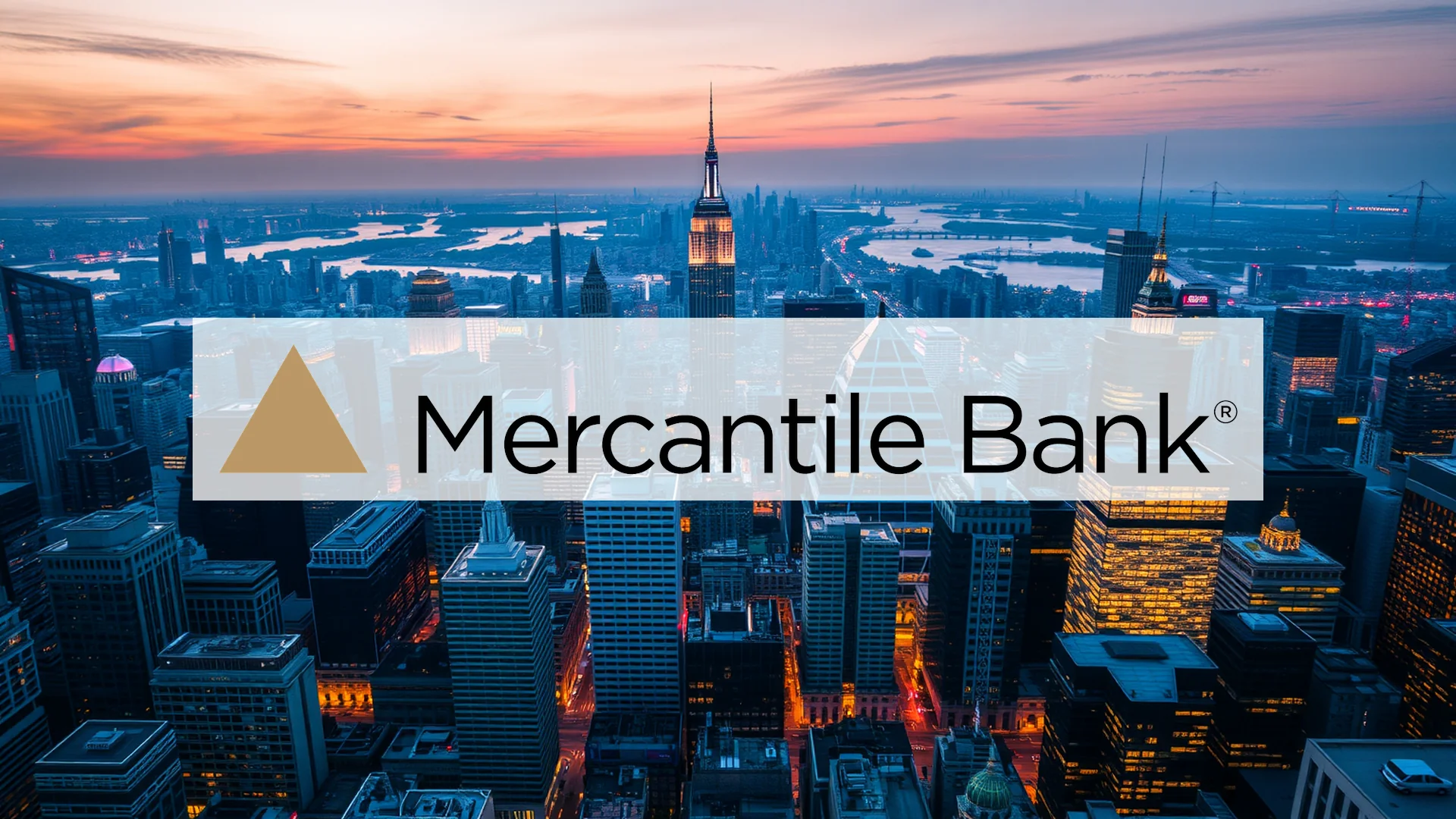While markets rally on expectations of Federal Reserve rate cuts, the relief may arrive too late for specialized lenders like Ladder Capital. The company is already grappling with the severe financial pressures of an extended high-interest-rate environment. The critical question is whether the anticipated monetary policy pivot can provide a lifeline for the beleaguered real estate financier.
Robust Financials Amid Operational Headwinds
Despite significant operational challenges, Ladder Capital demonstrates considerable financial resilience. The firm maintains investment-grade credit ratings with stable outlooks from both Moody’s (Baa3) and Fitch (BBB-), a testament to its underlying solvency. Investor confidence was further illustrated by the successful issuance of a $500 million bond with a 5.5% coupon, which was oversubscribed by 5.5 times.
The company’s second-quarter 2025 results reveal several key strengths:
* Distributable earnings per share of $0.23, sufficiently covering its dividend payment
* A return on average equity of 7.7%
* Total liquidity of $1 billion, including $850 million in undrawn credit capacity
* Reduced commercial real estate loan exposure to 35%, down significantly from 65% in 2022
The Disconnect Between Fed Signals and Financial Reality
Recent comments from Fed Chair Jerome Powell suggesting potential rate cuts have generated optimism among interest-rate-sensitive securities, including Ladder Capital. However, the Q2 2025 financial results paint a stark picture of current challenges. Net interest income collapsed by 26%, while distributable earnings declined 24% to $30.9 million. The company continues to face substantial margin pressure from elevated refinancing costs in the current rate environment, with SOFR at 4.32% and the Prime Rate at 7.5%.
Should investors sell immediately? Or is it worth buying Ladder Capital?
Institutional Moves and Troubled Assets
Institutional investors have taken divergent positions on Ladder Capital’s prospects. Invesco reduced its stake by 6.9%, while Balyasny Asset Management and Bank of America increased their holdings. Notably, a company director sold shares worth approximately $1 million, while simultaneously, the firm itself executed $6 million in stock buybacks at an average price of $10.40 per share.
The company nevertheless faces substantial headwinds in its portfolio. Five loans totaling $162.3 million are currently non-performing, including a $150 million multifamily loan that has entered foreclosure. Second-quarter revenue of $56.26 million also fell short of market expectations.
While a shift in monetary policy could provide breathing room for Ladder Capital, whether it will be sufficient to address the fundamental issues plaguing the commercial real estate market remains uncertain.
Ad
Ladder Capital Stock: Buy or Sell?! New Ladder Capital Analysis from December 3 delivers the answer:
The latest Ladder Capital figures speak for themselves: Urgent action needed for Ladder Capital investors. Is it worth buying or should you sell? Find out what to do now in the current free analysis from December 3.
Ladder Capital: Buy or sell? Read more here...

